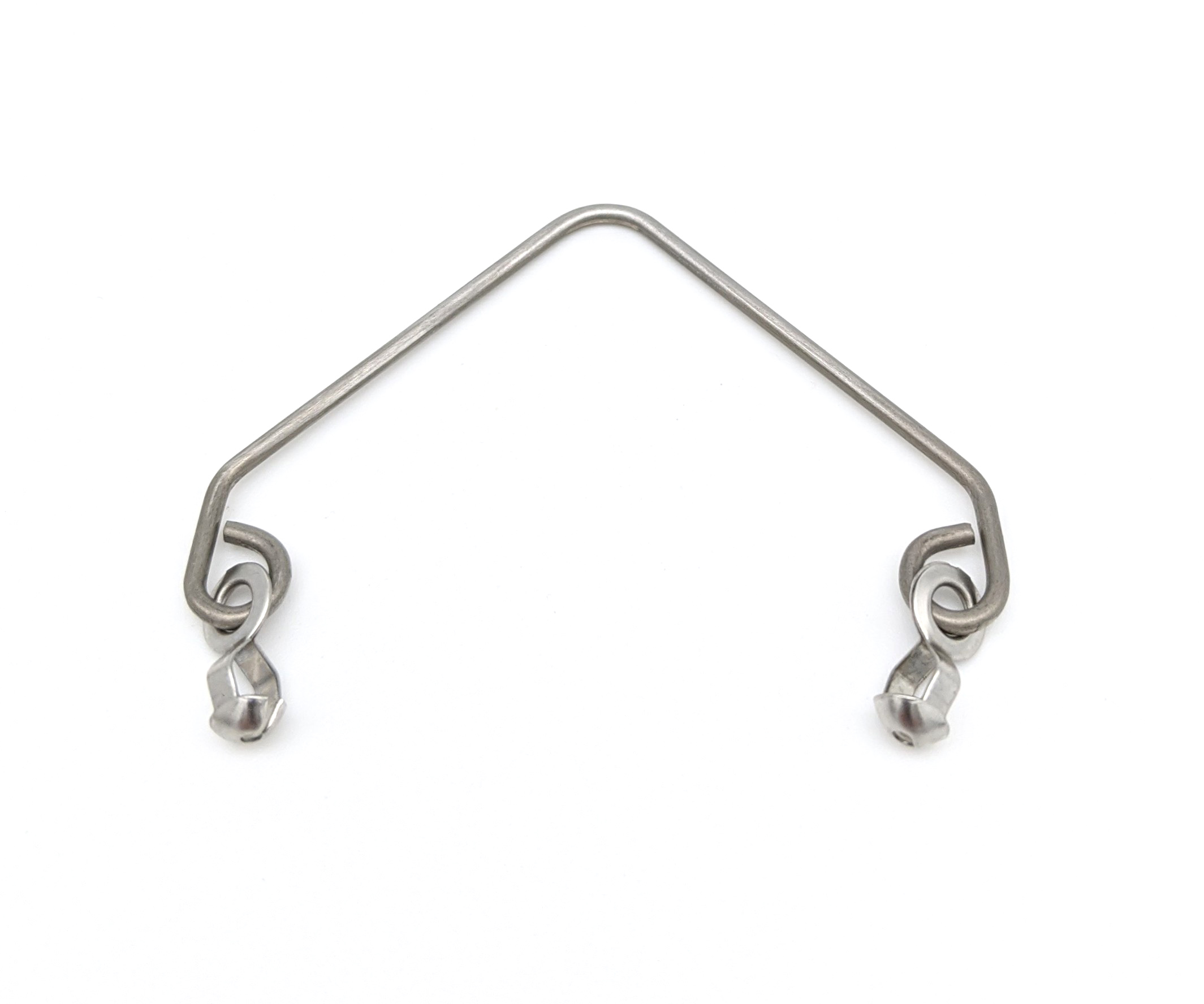Get unique, complex parts easily. No matter your requirements, Chaoyi Spring creates hard-to-produce coil springs and wire forms.
Let us help you create the custom wire form you need, from S-hooks and J-hooks to utility hooks and more.
We work closely with customers across a wide range of industries, helping them design and manufacture made-to-order parts.
Why choose Chaoyi Spring? We prioritize customer-focused collaboration, modern equipment and the latest technology to make your parts per print.
Find the information and guidance you need, from measuring a spring to learning about materials, placing an order and much more.
The humble rubber band. It's a staple in offices, classrooms, and even our homes. We use them to hold things together, to secure packages, and even for playful activities. But


The humble rubber band. It's a staple in offices, classrooms, and even our homes. We use them to hold things together, to secure packages, and even for playful activities. But have you ever stopped to think about the fascinating history and science behind this seemingly simple object? The rubber band, despite its unassuming appearance, embodies a remarkable blend of science, history, and human ingenuity.

The story of the rubber band is intertwined with the discovery and utilization of natural rubber. The indigenous peoples of the Amazon rainforest, long before European contact, were already using rubber in various forms. They extracted latex from rubber trees, and this sticky substance could be shaped and dried into balls, which were used for games, as well as for waterproofing and making tools.
Fast forward to the 18th century, and European explorers and scientists became fascinated with rubber. They saw its potential for a wide range of applications, but they struggled to find a way to make it durable and useful beyond its natural state. The breakthrough came in the mid-19th century with the process of vulcanization, invented by Charles Goodyear. This process involved heating rubber with sulfur, transforming it into a stronger, more durable material, making it ideal for manufacturing a variety of products, including rubber bands.
The first rubber bands, as we know them, were likely made by cutting strips of vulcanized rubber and then rolling them into circles. The early rubber bands were not as elastic as the ones we use today, and they tended to break easily. But as technology advanced, so did the quality of rubber bands.
The 20th century saw the development of synthetic rubber, which provided a more consistent and affordable alternative to natural rubber. With the advent of synthetic rubber, the production of rubber bands became more efficient, and they became a ubiquitous item found in almost every corner of the world.
A rubber band, despite its simple appearance, is a marvel of physics. It works on the principle of elasticity. Elastic materials, like rubber, can be stretched or compressed and then return to their original shape. This ability to deform and recover is due to the molecular structure of rubber. The long, chain-like molecules of rubber are tangled together. When the rubber band is stretched, these molecules are pulled apart, and the internal forces within the material resist this change. When the tension is released, the molecules snap back to their original positions, causing the rubber band to contract.
The amount of force that a rubber band can exert before it breaks is called its tensile strength. This strength is dependent on several factors, including the type of rubber used, the thickness of the band, and the way it was manufactured. For instance, a thicker rubber band will have a higher tensile strength than a thinner one. The temperature can also affect a rubber band's elasticity. Cold rubber becomes stiffer, while warm rubber is more flexible.
The rubber band's versatility is truly remarkable. They are used in countless ways, both for practical purposes and for entertainment. Here are some common uses for rubber bands:
Beyond these common uses, rubber bands have also found their way into more specialized applications. In engineering, for instance, they are used as seals, dampeners, and shock absorbers. In the medical field, they are sometimes used to help secure medical devices.
The rubber band, though small and seemingly insignificant, has a remarkable history and a wide range of applications. It is a testament to human ingenuity, a simple tool that has solved countless problems and brought joy to millions. From its humble beginnings in the Amazon rainforest to its ubiquitous presence in our everyday lives, the rubber band continues to surprise and delight us with its versatility and enduring appeal.
The next time you pick up a rubber band, take a moment to appreciate its fascinating history and the science behind its functionality. This simple, yet powerful tool, is a testament to human ingenuity and a reminder that even the smallest things can have a big impact on our lives.
Browse some of the custom wire forms and springs that we manufacture. Don’t see what you need? We specialize in made-to-order products that meet your application requirements.
Visit Our GalleryNeed a custom wire form or coil spring? We make it work. Fill out the contact form and a representative will respond within 1 business day. If you have a PDF or CAD file, you can submit to request a quote.